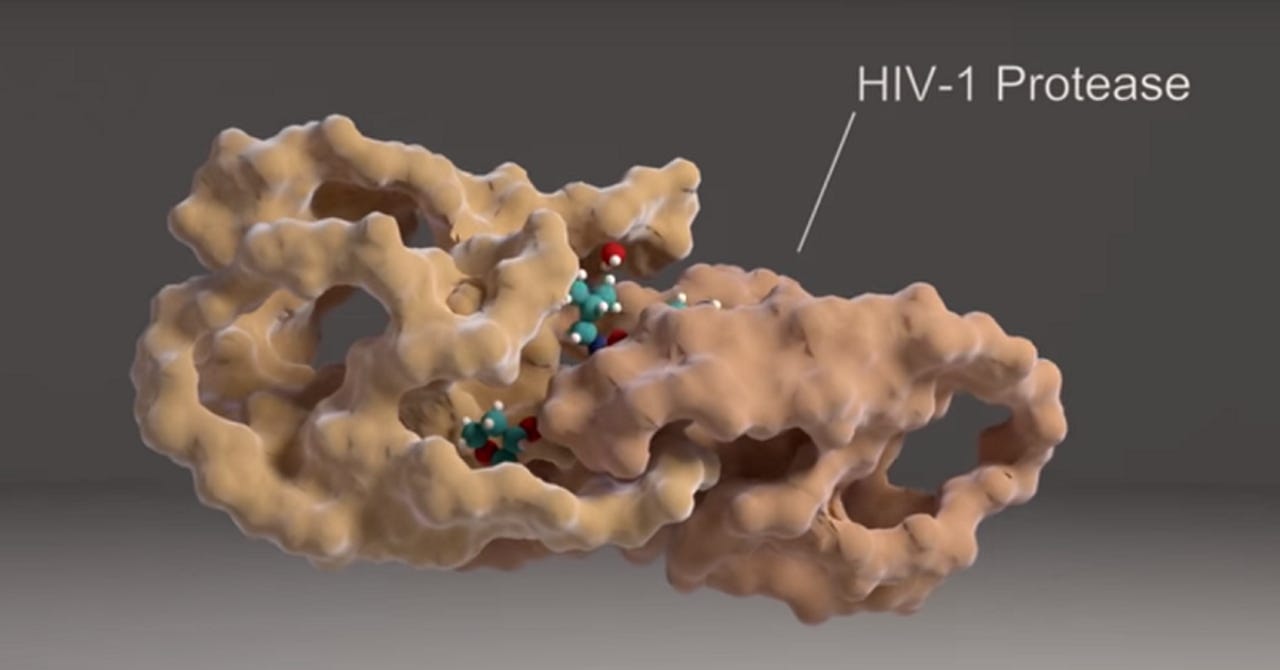How mighty supercomputers are helping humble PCs design personalized drugs


Barcelona Supercomputing Center says the new method is one of the first tangible steps in personalized medicine.
Barcelona's Supercomputer Center has helped create a new way of choosing antiretroviral treatments and designing drugs more quickly using ordinary lab PCs.
Working out how biomolecules interact in and around living cells is extremely demanding in terms of computing resources. Such molecules are responsible for maintenance and metabolic processes in the body.
To address that compute resourcing issue, the Barcelona Supercomputing Center (BSC) created software called Protein Energy Landscape Exploration, or PELE, for analyzing protein structures, accessible via a web server.
It can predict how drugs will interact with their targets, and has been shown to have advantages over commercially available software, according to the CSAR Benchmark exercise, conducted by a group of researchers at the University of Michigan.
Working with IrsiCaixa, the Catalan AIDS research institute, BSC has now used PELE to develop a bioinformatics method to predict the effectiveness of antiretroviral drugs used to treat HIV.
Read this
The method combines HIV DNA sequencing, identification of genetic mutations, computational protein modelling, and simulations of how drugs bind with the proteins of the virus.
But, most importantly, the method can be performed in less than 24 hours on relatively small-scale computing equipment, such as a standard PC, available in any laboratory.
Until now, patient information has been used to predict the impact of HIV mutations on the effectiveness of drugs. A drawback with this approach is that it can't cater for mutations for which no records exist.
The BSC-IrsiCaixa method uses PELE to make predictions based on the characteristics of each genetic mutation and on the changes that the mutation produces in the virus' proteins, which act as targets for drugs.
"Nearly everybody's using a deterministic approach to performing molecular simulations. We decided to use a stochastic approach [distributed random variables], called Monte Carlo, and combine it with protein-structure prediction techniques," BSC researcher Victor Guallar tells ZDNet.
"So in just a few hours we could get the information it used to take days or weeks to obtain with other methods."
At the moment, the software interface is not very friendly, so Guallar and his team are working to improve it. The next step is bringing virtual reality to the system, so experts around the world can remotely work on the same system, he says.
Guallar believes that the system developed with PELE is one of the first tangible molecular modeling steps in the area of what will eventually be personalized medicine.
"Treatment will be decided following genetic analysis of the causes of the disease in each patient [to identify] which drug would be most effective in each individual case," he says.
For IrsiCaixa researcher Marc Noguera-Julian, the developed system is "a multidisciplinary proof of concept that overcomes the limitations of current practice when deciding antiretroviral treatment and which, in addition, allows new drugs to be designed more quickly".